Analysis of the Peer Effects in Trading with Connected Parties
DOI: 10.23977/ferm.2024.070208 | Downloads: 5 | Views: 72
Author(s)
Lingjie Wang 1
Affiliation(s)
1 School of Economics, Guangxi University/China-ASEAN Institute of Financial Cooperation, Nanning, Guangxi, China
Corresponding Author
Lingjie WangABSTRACT
Most of Chinese listed companies have controlling shareholders. As a result, the conflict between these controlling owners and the minority or non-controlling owners becomes more pronounced. Controlling shareholders can harm the interests of minority shareholders through various means, and related-party transactions are an important way for controlling shareholders to exploit listed company assets (Yu and Xia, 2004)[1]. This article uses data from listed companies in the Shanghai and Shenzhen stock exchanges to examine the influence and economic consequences of peer companies' related-party transactions from the perspective of peer effects. The empirical results show that related-party transactions by peer companies in the same industry significantly affect the related-party transaction decisions of listed companies. Moreover, this peer effect has a significant negative impact on a company's innovation input and output.
KEYWORDS
Peer effects; Related parties transactions; SpilloverCITE THIS PAPER
Lingjie Wang, Analysis of the Peer Effects in Trading with Connected Parties. Financial Engineering and Risk Management (2024) Vol. 7: 58-65. DOI: http://dx.doi.org/10.23977/ferm.2024.070208.
REFERENCES
[1] Yu Minggui, Xia Xinping. Controlling shareholders, agency issues and related transactions: an empirical study on Listed companies in China [J]. Nankai Management Review, 2004 (6): 33-38 + 61.
[2] Cheung Y-L, Rau P R, Stouraitis A. Tunneling, propping, and expropriation: evidence from connected party transactions in Hong Kong$[J]. Journal of Financial Economics, 2006.
[3] Wei Minghai, Huang Qiongyu, Cheng Minying. Governance role of related major shareholders of family enterprises —Based on the perspective of related party transactions [J]. Manage World, 2013 (3): 133-147 + 171 + 188.
[4] Manski C F. Identification of Endogenous Social Effects: The Reflection Problem[J]. The Review of Economic Studies, 1993, 60(3): 531–542.
[5] Leary M T, Roberts M R. Do Peer Firms Affect Corporate Financial Policy?[J]. The Journal of Finance, 2014, 69(1): 139–178.
[6] Cyrus Aghamolla, Richard T. Thakor. IPO peer effects[J]. Journal of Financial Economics, 2022, 144(1): 206–226.
[7] Grennan J. Dividend payments as a response to peer influence[J]. Journal of Financial Economics, 2018: 22.
[8] Li C, Wang X. Local peer effects of corporate social responsibility[J]. Journal of Corporate Finance, 2022, 73: 102187.
[9] Lu Rong, Chang Wei. The black: the "same group effect" of violations of listed companies [J]. Financial Research, 2018 (8): 172189.
[10] Lieberman M B, Asaba S. Why Do Firms Imitate Each Other?[J]. Academy of Management Review, 2006, 31(2): 366–385.
[11] Jiang G, Lee C M C, Yue H. Tunneling through intercorporate loans: The China experience[J]. Journal of Financial Economics, 2010, 98(1): 1–20.
[12] Yi Zhigao, Li Xindan, Pan Zicheng, MAO Ning. Research on the peer effect of executive executives and the risk of stock price crash [J]. Economic Research, 2019,54 (11): 5470.
[13] Foroughi P, Marcus A J, Nguyen V, Tehranian H. Peer Effects in Corporate Governance Practices: Evidence from Universal Demand Laws[J]. The Review of Financial Studies, 2021, 35(1): 132–167.
[14] Seo H. Peer effects in corporate disclosure decisions[J]. Journal of Accounting and Economics, 2021, 71(1): 101364.
[15] Dai Zhiyong, Yang Xiaowei. Indirect enforcement costs, indirect damage, and selective enforcement [J]. Economic Research, 2006 (9): 94102.
[16] He J, Tian X. The dark side of analyst coverage: The case of innovation[J]. JOURNAL OF FINANCIAL ECONOMICS, 2013, 109(3): 856–878.
| Downloads: | 16643 |
|---|---|
| Visits: | 340812 |
Sponsors, Associates, and Links
-
Information Systems and Economics

-
Accounting, Auditing and Finance

-
Industrial Engineering and Innovation Management
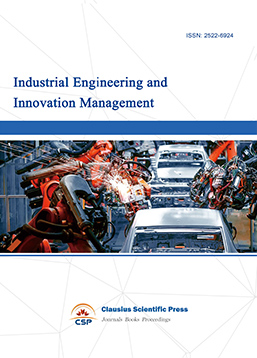
-
Tourism Management and Technology Economy

-
Journal of Computational and Financial Econometrics

-
Accounting and Corporate Management

-
Social Security and Administration Management

-
Population, Resources & Environmental Economics

-
Statistics & Quantitative Economics

-
Agricultural & Forestry Economics and Management
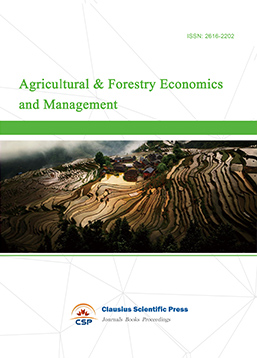
-
Social Medicine and Health Management
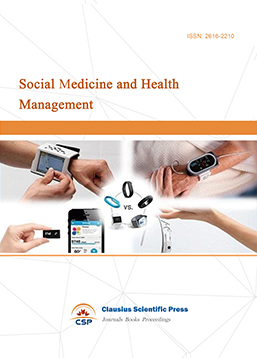
-
Land Resource Management
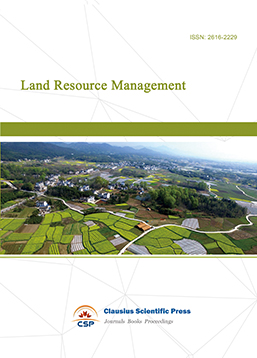
-
Information, Library and Archival Science

-
Journal of Human Resource Development

-
Manufacturing and Service Operations Management
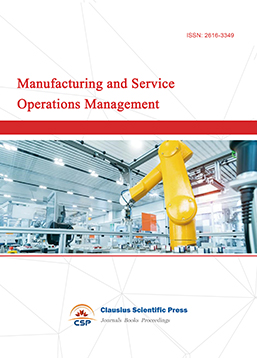
-
Operational Research and Cybernetics


 Download as PDF
Download as PDF